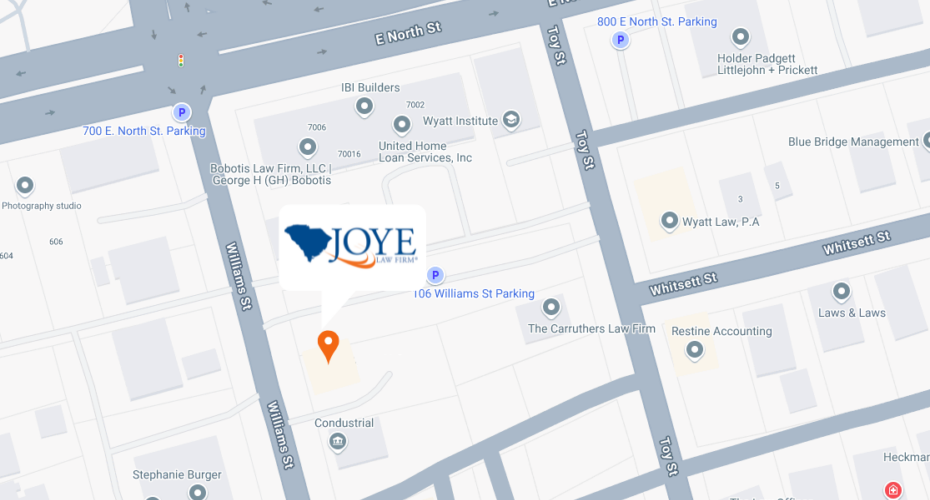South Carolina personal injury law uses a system known as “modified comparative fault.” Your share of blame in a car accident would be determined, and any compensation you receive would be reduced according to your percentage of fault. This means whichever party in a lawsuit has stronger evidence or does a more persuasive job presenting it usually fares better.
Let’s say you have been in an accident caused by another driver who ran a stop sign and hit you in the middle of an intersection. That driver was clearly negligent. But, insurance company lawyers for the driver who hit you have found out that you were speeding. Had you not been speeding (driving negligently), they argue, you would have been able to stop before reaching the intersection where their client ran the stop sign, so your negligence contributed to the crash.
According to South Carolina law, if you have 51 percent or more of the apportioned blame, you are not eligible for compensation. If your share of the blame was less than 51 percent, the amount of money you can recover is reduced by the percentage of fault you had in the accident. For example, if you suffered $100,000 in damages and you were found to be 10 percent at fault, you could recover $90,000. If you were found to be 45 percent at fault, you could recover $55,000. (Dollar amounts are for illustrative purposes only.)
The decision about how much you were at fault can greatly affect the amount of money you can recover for your car accident injuries. It could even prevent you from collecting anything.
The car accident attorneys at Joye Law Firm approach car accident claims with our clients’ best interests in mind. We often use accident reconstruction experts, witness testimony and other evidence to show that our clients’ fault was less than the other drivers’.
Read more about partial fault in South Carolina car accidents.




























